Meet Vadim Bozhko, the visionary behind Bozh Studio — a branding and web design business dedicated to helping service-based companies stand out.Fu ...
Emily Amos: Mastering the Art of B2B Content in the Tech World
Written by: Esther Strauss
Esther is a business strategist with over 20 years of experience as an entrepreneur, executive, educator, and management advisor.
Published on November 10, 2023
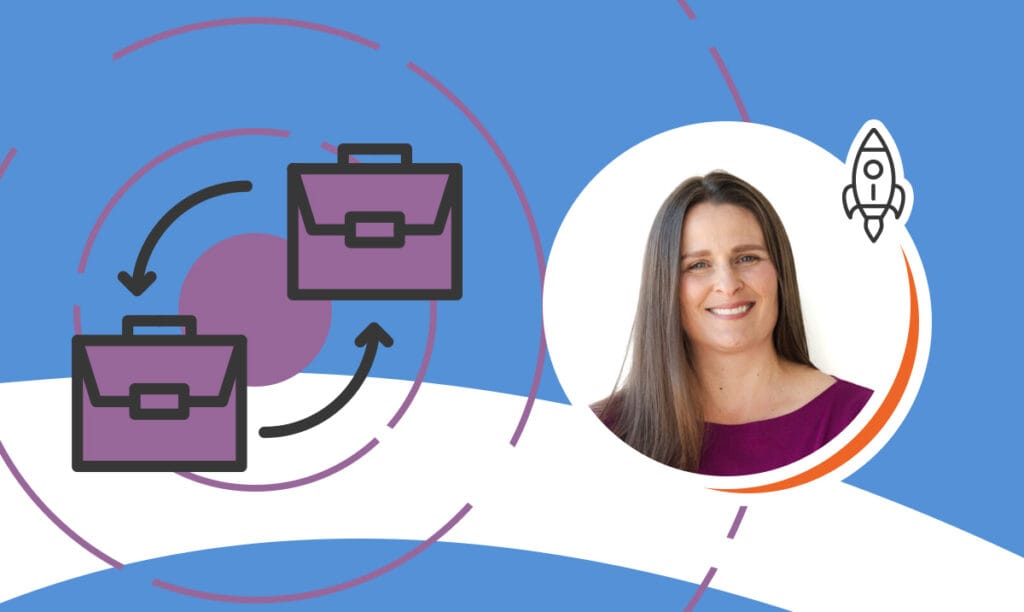
In the bustling world of tech and content marketing, few stories are as compelling as that of Emily Amos, the visionary behind Uplift Content. Imagine a globe-trotting English teacher whose days were once filled with the sounds of different languages and the thrill of new cultures, transforming into a tech-savvy entrepreneur commanding a successful B2B content marketing agency. This is the remarkable tale of Emily Amos — a story of unexpected twists, entrepreneurial spirit, and the relentless pursuit of a dream.
As the daughter of entrepreneurs, Emily grew up with business in her blood, yet she initially veered away from this path, seeking the structured simplicity of a 9–5 job. But fate had other plans. Her journey from an ESL teacher with a restless spirit to the founder and CEO of Uplift Content is not just about a career change; it’s a testament to the power of adaptability, perseverance, and the courage to embrace one’s true calling.
In our exclusive interview, Emily opens up about the trials and triumphs of her entrepreneurial journey, the strategic decisions that propelled her agency to the forefront of the tech industry, and the balancing act of being a CEO and a parent. Get ready to dive into a story that is as much about personal transformation as it is about business success.
From Freelance Writer to Agency Owner
SBS – Can you walk me through the initial steps you took from being a freelance writer to establishing your own content marketing agency?
Emily – I was a freelance web writer for ten years, and my business was very healthy. I was enjoying my work but also getting tired because I was doing all of the writing and business side of things, meaning sales and marketing operations, etc.
I was just feeling very torn and tired, and I realized it was time to start bringing on some subcontractors — some other writers to help me do the writing. That would free up my time to spend more effort and energy growing the business, particularly sales and marketing. The other reason, to be honest, is that I never really loved writing. I know that I’m good at it, but it’s not my passion. There are lots of writers out there who love writing. It’s all they want to do. They don’t want to talk to people. They say, “Just tell me what to write,” and they are happy. I don’t love it. I would much prefer to be running a business. I’m excited by everything that has to do with being an entrepreneur and growing a business, so it made a lot of sense to have subcontractors who were happy to get rid of the business side and allow me to do the business side so they could just write.
SBS – Basically, being a writer wasn’t your main passion then?
Emily – Yeah. I mean, when I started my freelance business originally, I just knew that I wanted to be self-employed. I didn’t know how. I knew I could write and thought people would benefit from my writing. So I did it because it was a skill that I had, that I knew.
I didn’t know that was my passion until it happened. I think that’s the big issue. When you’re a kid, lots of adults say, “Oh, what do you want to be when you grow up?” And, of course, you have no idea. You go to high school and university, and you still don’t really know what you want to do when you grow up. So you try something, and then you try something else, and then you try something else. With any career, but especially entrepreneurship, your journey is not straight. You’re evolving and changing and learning where your strengths are and where your passion lies, and it’s up to you to follow that.
Just to add to that, as an entrepreneur, you have to make so many decisions, and sometimes you feel anxious because what if you make the wrong decision? I think we also need to remember that no decision or not many decisions are forever. You can make one decision and then adjust, change, or go back. So, usually, decisions aren’t forever. You can always grow and change. So stop worrying so much and just do it, and then change if it doesn’t work.
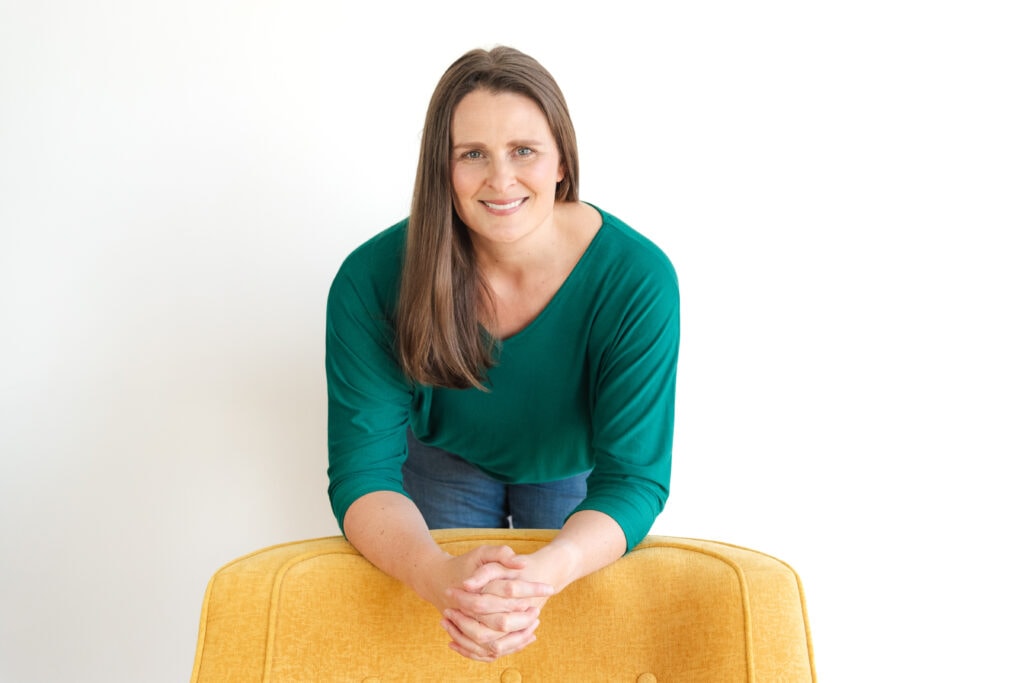
Overcoming Early Challenges
SBS – What were some of the biggest challenges when you started, and how did you overcome them?
Emily – As a freelancer, all of my work was local. I worked with companies that were in my city. I’d go for coffee, and I could drive to their office, and this was back in the day when people did business in person.
This was 2007, so this was the way. It wasn’t normal to go somewhere. Remote working wasn’t really a thing back then. Fast forward ten years, it’s now 2017, and I’m starting this agency. I know that I want to focus on software companies in the US, in San Francisco.
I live in a small place in Canada, very far, 6000–7000 kilometers from San Francisco. I knew that I wouldn’t be able to go for coffee and do business in the way I was used to. Thus, I realized I would need to really embrace social media — LinkedIn — to engage with my target audience. I started a newsletter so that I could have regular correspondence with my audience. I put a huge emphasis on SEO.
We really spent a lot of time and energy — and we still do — creating content for our website that Google likes but also that our audience likes and that they search for so that we come up quickly in Google search.
Building a Client Base from Scratch
SBS – What strategies did you employ to build a client base from scratch, primarily when targeting large US and European tech companies? You told me about LinkedIn and social media, but did you have other strategies or tools you used to reach out to those first 10–20 clients?
Emily – Those three things that I mentioned are part of the foundation. I also went to a big conference called Dreamforce in San Francisco. I went to this conference three years in a row. It’s for technology companies and 200,000 people come. My strategy there was to go to the trade show where all the companies had booths. I did my research and figured out which companies seemed like they might be a good fit for me. Then, I looked at their websites to see what kind of content they were creating and where they might need some help. I went to those booths, introduced myself, tried to speak to them a little bit, and tried to get either their business card or have them tell me who the marketer was that I should follow up with.
SBS – Did you have success?
Emily – It was painful because I’m not extroverted. I don’t like selling that way, so I didn’t enjoy myself. It was good practice. It was good to get outside of my comfort zone and just try to make connections. This was before the pandemic. So already we’re talking six years ago, five years ago, four years ago. I don’t remember the exact details. It wasn’t super successful for me in terms of landing new business, but it did start the ball rolling with new connections that turned into other connections, etc.
I went to a conference last month, and it was just for my target audience — customer marketers. There were 300 people there, and it was perfect. I got to talk to 60 people I had been interacting with on LinkedIn for years. I got to meet them in person. We felt like we already knew each other. We were already friends, sort of. It was so much better than the experience of going to a big conference where I didn’t know anybody. This is something that I will continue to do — go to small conferences where I’m already interacting with these people to make that in-person connection.
The Significance of Specializing
SBS – Can you tell me the importance of niching down the B2B SaaS companies and how this specialization affected your business growth specifically?
Emily – Sure. When I first started my freelance business, I just thought, “Okay, I’m a writer! Who needs my help?” It made it very hard to market myself because I’d basically say, “I’ll do anything. Just pay me some money, and I’ll write you whatever you want”, but that’s no way to market yourself. Very quickly, I realized I needed to specialize.
At that time, I specialized and became a web writer. I focused on writing content for websites. When I started my agency, I knew I also needed to be very specialized because it would help me market myself more clearly and specifically to my target audience. When I started the agency, I already had one software company as a customer, which got the ball rolling. I thought, “Okay, I have one software company, they’re based in San Francisco. If I can get one software company, I can get another one, and another one, and another one.”
Why did I choose software as my niche? Well, it seemed like an exciting industry. It seemed like I could take some trips to San Francisco, which seemed kind of exciting. At the time, I had young children. I said, “Yes, I’m going to escape San Francisco for three days.”
I just knew that I needed to pick a niche, and it just made sense to choose software at the time. From there, I just made sure that my marketing messages, website, and content were extremely focused on software companies. I speak to them in all of my messages. On my website, I write blog posts that benefit software companies. And by knowing exactly who I’m talking to, I can create content that will resonate with them. If I’m speaking to a broad audience, it’s pretty hard to create messaging that resonates.
As an example of that, if I had a web page called Writing Services, “writing services” as a keyword probably has a volume of thousands. So thousands of people are searching for that term every month; the competition is fierce. It would be very hard for a small business owner to get a web page that can rank on the first page for content services or writing services. But if you add software writing services, the search volume gets smaller, but the competition gets smaller, too. And if you change software into a specific kind of software — we focus on SaaS, which is software as a service — the volume is even smaller, the competition is manageable, and we have a chance of being on the first page.
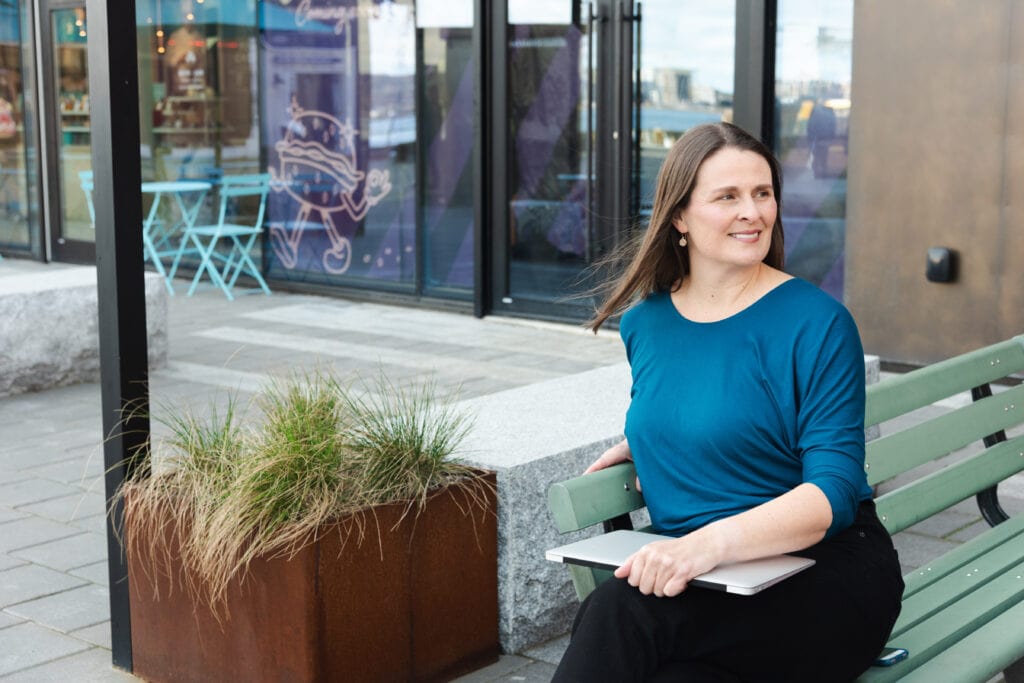
Managing a Remote Team and Ensuring Smooth Operations
SBS – Since you are working with, I assume, a remote team or people and freelancers, what tools or technologies do you use to ensure that everything works smoothly and that you don’t have any problems with your staff or communication?
Emily – We are fully remote and mostly spread out through North America. The primary and most important tool is our project management tool, which is called Teamwork. That is the hub for everything, where we keep track of all of our tasks, who’s responsible for the tasks, the deadlines, etc. Besides that, it would be the Google Suite, so Gmail, Google, the calendar, and then G Drive, so we have all of our files shared in shared folders, so everyone on my team can access the documents at any time.
Time Tracking and Productivity Measures
SBS – Do you use some tracking time tools? Is it essential to just get the job done, or do you also measure how much time someone spends on a specific task?
Emily – I measure my own time and can track it through my project management tool. My subcontractors are mostly paid per project, so if they write a blog post, they get a fixed rate. They might want to track their own time, but it doesn’t matter to me. It’s really only my time that I track just to make sure that I’m efficient.
Maintaining High-Quality Content
SBS – How do you maintain the quality of the content you produce on a high level and manage that quality control for your freelancers or editors?
Emily – The most important thing is choosing great writers to start with. And it’s hard to find great writers. I have spent a lot of time looking for really great writers. We have a fairly robust process for vetting them. They have an application. We need to see samples. I want to see their resume and see their experience. Then, they do a paid writing test, so that’s another way that we assess their skills. And then there’s an interview, obviously. The very first client project is also like a real-life test as well. We just hope, hope, hope that they do their due diligence and that they’re ready. But sometimes we mess up. Sometimes, we don’t know until they do a customer project and fail.
We have editors as well. When a writer works on a project, they also have an editor, so it’s a team of two. The writer does the writing, and then the editor comes in and just checks the work, makes sure that it’s meeting the brief and that it makes sense, is smooth, and has good storytelling.
Sales, Marketing, and Software Tools
SBS – What tools are you using for sales, marketing, or specific software, and why did you choose those? Is it because of the money or because of the quality?
Emily – The biggest one is Semrush, which is an SEO tool. I know it’s very expensive, it kills me to pay for it.
SBS – Do you use it with or without a social media package?
Emily – Not with the social media package.
SBS – Okay. That is why it is so expensive.
Emily – I chose it because, when I started, I had an SEO consultant, and she used Semrush, so I started using it too. It’s a great tool. I know that I’m only scratching the surface with it. I know there’s so much more I could probably do with it, but I only have so much time. I’m still spread very thin. SEO is a big component, but there are lots of other components that I need to keep an eye on. I kind of use it for what I am used to using it for — keyword research and position tracking are the main things. I know that there’s more potential there; I just haven’t had the time or the brain space to explore it further.
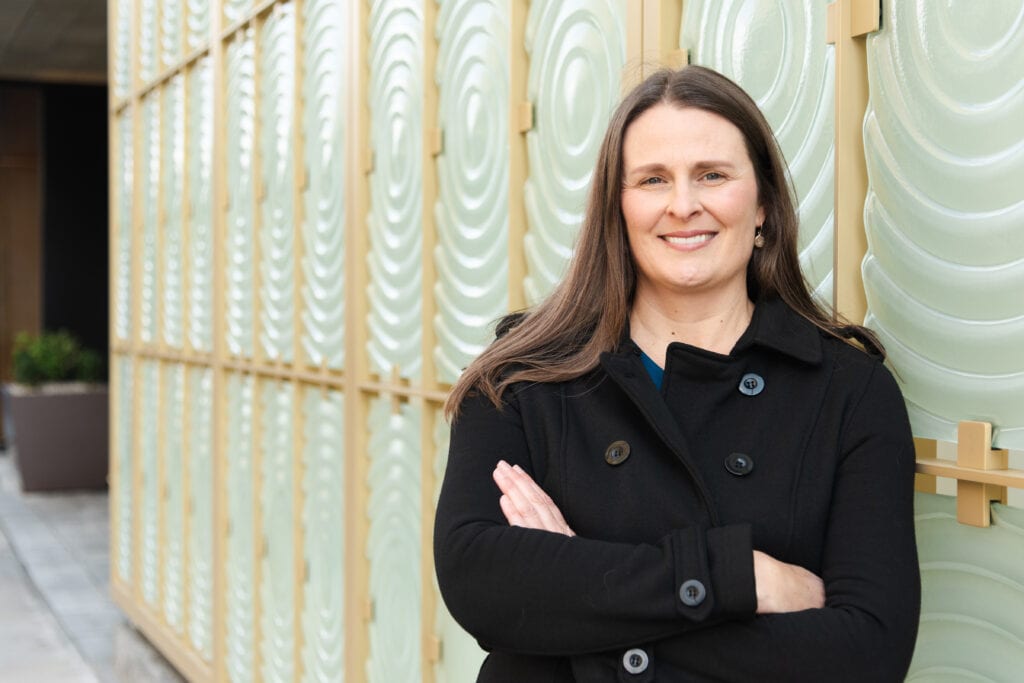
Utilizing Social Media for Sales and Marketing
SBS – Do you use specific tools for sales? Do you use social media for that?
Emily – I have a CRM. It’s the sister product of the project management tool that I use. I use it just to keep track of who I’m having sales calls with, but I’m not using it in a very robust way. My business is small, it’s very simple. I have one or two discovery calls per week, so it’s very manageable. I don’t need a big, robust system at this point. That would be the sales side, and then we’re heavy into LinkedIn. My social media person uses Buffer to schedule posts. We use Calendly to schedule meetings.
Use the free version wherever possible.
SBS – How has your use of SEO evolved from starting your agency? How did it progress, especially now with the AI technology, those Google Core Updates, and stuff hitting many big websites? Does it affect you? And what would you suggest to someone who wants to take care of this for their website?
Emily – SEO is incredibly important for us. It’s because of SEO that we get 90% of our leads, which is huge. It’s a little scary because I would prefer that my leads come from multiple sources, but I haven’t been able to figure out how to do that. I have many subscribers to my newsletter, but nobody converts and becomes a customer. I don’t know why. I’m still trying to figure that out.
SBS – It is because it is now outdated a bit. Maybe it works for fairs or for things like that. Interestingly, Jennifer Lopez started her newsletter maybe two years ago, and she reversed the idea to make it not outdated but in trend. But she’s only informing her fans about her life.
Emily – Yeah. In terms of AI, certainly, it’s something that is on all of our minds. If you’re in the content business, you’re thinking about AI. We all know that AI can produce a lot of content fast. Whether it’s great content or not is debatable. I would say that it’s maybe not the greatest content.
For the last year now, we’ve been interviewing marketing leaders in our space, taking those interviews, and creating blog posts probably similar to what you’re doing because that’s original content, it’s thought leadership, it’s information that AI can’t produce. It hopefully is providing some useful and valuable information to our readers.
Our target market is content marketers and customer marketers, so we are interviewing content marketers and customer marketers so that they can hopefully learn from each other. They’re creating a nice community and learning from each other. And these people do share. They’re happy to share with each other, which is really interesting and nice. It also taps into the influencer marketing strategy because when we do these interviews. Of course, we want them to share the content with their networks as well. We’re hoping that they can help spread awareness about our company too.
Tactics for Client Outreach
SBS – You said LinkedIn is a tool you use for business growth, but do you have some tactics that you use to reach out to your future clients?
Emily – On LinkedIn? Yeah, we have a regular schedule, so we post about three or four times a week. We work really hard to create a variety of posts. The ones that tend to work best are personal stories of successes and failures, my experience, and things like that. We try to be as personal as possible. It takes a huge amount of effort every day. Also, I try to spend 15 to 30 minutes a day engaging with my network. It’s a big lift. It takes a lot of energy across the board to do it. I think really it’s about persistence. So, if there’s any strategy, you have to engage every day.
Learning the Business Ropes Without Formal Training
SBS – With no formal background in business, how did you learn the ins and outs of running a successful company?
Emily – I learned the hard way. I learned by making a lot of mistakes over and over again. As you said, I had no experience in business. My parents were entrepreneurs. I worked for entrepreneurs when I was a teenager. But other than just seeing from the outside, I had no experience. I just tried my best. As I said, I made many mistakes, but I learned from every single mistake. Over the years, I have always hired business coaches, and that has been really valuable. As an entrepreneur, especially when starting out, it can be daunting to spend money — usually more than you would like — on a coach. But every single coach I’ve hired has helped grow my skills and business tenfold.
The other thing that I would mention is that where I live, there’s a lot of government funding for entrepreneurs. There’s money available from the government for different niches, skill development, or help hiring a consultant to help you with an export strategy, for example. Over the years, I have probably received at least $80,000 in funding from my government. Because I’m a woman and because I’m an entrepreneur, I’m able to tap into different funding programs.
Balancing Entrepreneurship and Parenthood
SBS – Tell me how you balance being the company’s owner and parent. What advice would you give to other female and male entrepreneurs? I know there is no perfect answer or solution, but how do you manage your personal and business life?
Emily – Over the years, I feel like sometimes I do a good job, and sometimes I do a bad job at managing that balance. I think that part of it just depends on how busy the business is. If things are really hectic with the business, it’s easy to get sucked into that sometimes. If things are busy, I realize I need to delegate, figure out what tasks I’m doing that I don’t need to do, and hand those over to other people.
SBS – So you’ll have more time for yourself and the family?
Emily – Yes. So that’s the biggest one, really. And sometimes, when you are that busy, you don’t have time to put processes in place. If you’re really smart when you’re not so busy, you’ll figure out your processes, train your people, and hand those tasks over before things get busy so that you aren’t so busy in the first place.
Content Marketing Trends to Watch
SBS – When you look forward, what trends in content marketing should entrepreneurs pay attention to? Is Uplift Content adapting to some trends now or not? And what do you think the future of content marketing will look like in a year or two? What would be your advice and thoughts on these things?
Emily – I think AI is the only thing we should talk about today, really. It’s massive, and it’s causing huge disruption, and it’s anxiety. I think the biggest thing that content marketers or entrepreneurs need to be aware of is one — you need to try it. You need to play around with it. You need to get comfortable with it so that you can see what it’s capable of, what it does a good job with, and what it doesn’t do such a good job with so that you can use it to your advantage and use it smartly. And then the other piece would be because AI is so popular right now, if you are working in content marketing, you need to be ready to keep up with that technology, but you also need to really be smart about what kind of content you’re producing.
SBS – Since you said you are offering real-life experience and your experience on your website, did you use a tool to disable AI trackers that can take your content?
Emily – I didn’t know this.
SBS – If you didn’t know that, just have it as a tip.
Emily – So, if you want your business to stand out and your content marketing to resonate and be impactful, you need to think of ways to make your content different from what AI can produce. That means you need to do original research. Send out some surveys, collect data, and create reports of original research that would be valuable to your audience. Interview people in the industry so that you’re getting their perspective. Interview your own subject matter experts and share that information. Interview your customers and share that information. Original research and talking to real people are the two areas that I think are really important to focus on If you want to create content that stands out.
Subscribe to Our Newsletter
and gain insider access to cutting-edge business insights and trends.
Featured Resources
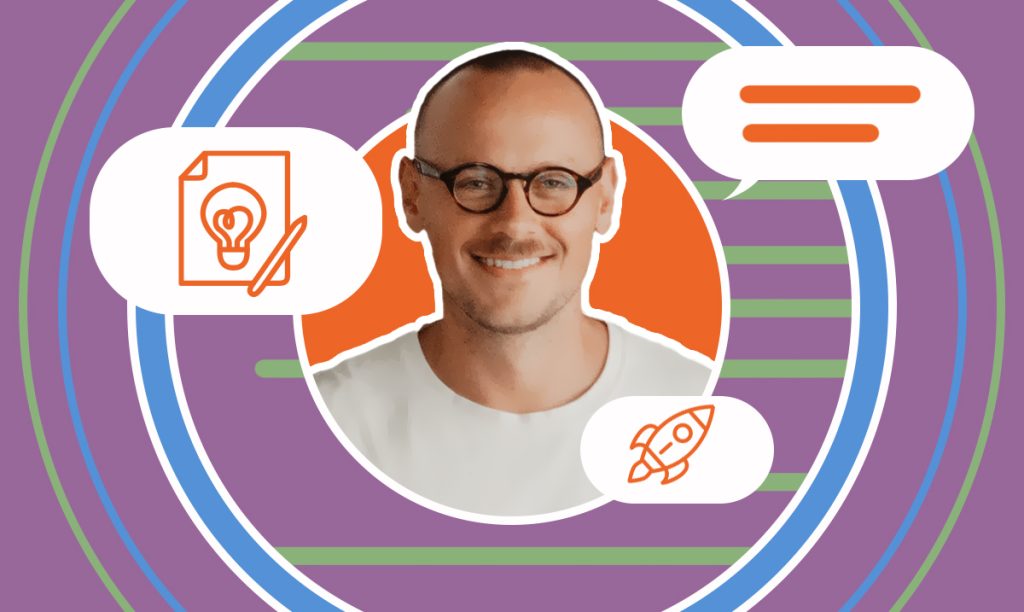
How “Less but Better” Drives Bozh Studio’s Design Edge
Published on April 3, 2025
Read Now
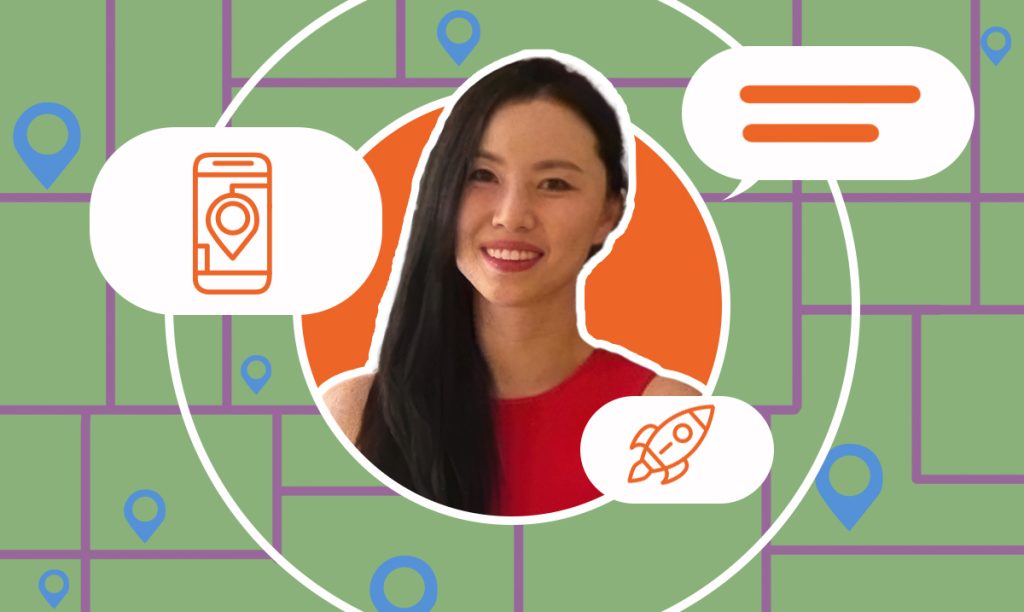
How No Code Map App Delivers Custom Maps Without Coding
Published on April 3, 2025
In this interview, we sit down with Nan Zhou, co-founder of No Code Map App, to discuss how she and her team transformed a trip-planning mapinterfac ...
Read Now
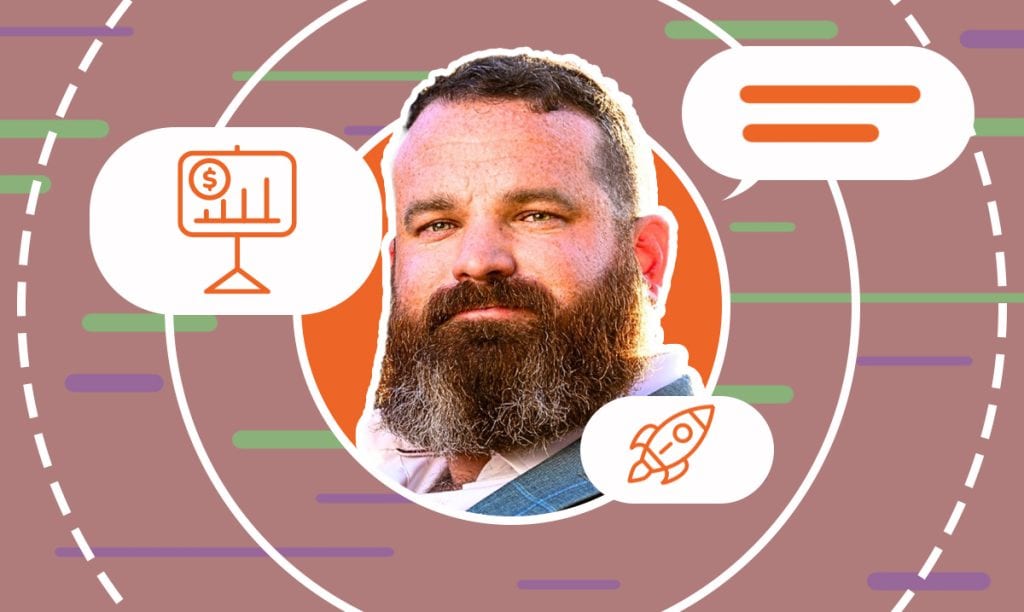
How David Pere Helps Veterans Achieve Financial Freedom
Published on April 3, 2025
In this interview, David Pere, the founder of From Military to Millionaire, shares his inspiring journey from the Marine Corps to financial freedomt ...
Read Now
Comments